If you are a culture buff, and you take keen interest in places of cultural importance, there is a place for you in Nigeria. Welcome to the land of rich history, curious sights and wonders. Have a taste before you venture on a physical tour of some of the most memorable Nigerian historical sites in the near future. We are here to intimate you on what to expect. Here are just 10 of the must-visit Nigerian cities for history and culture enthusiasts. Believe us when we say it will be a rewarding visit indeed.
Akure (Ondo state)


Idanre hills
Akure is the capital city of Ondo state, located in southwest Nigeria. The city evolved out of ancient Akure, a key town amongst the Ekiti tribes of the Yoruba ethnic group. Archeological findings around the ancient town (including human skulls) showed that there were ancient dwellers there (who lived as far back as 11,000 years ago). Akure was also a colony of the Bini empire in later history.
Akure is strategically located not too far from ancient sites of great historical and cultural significance. You cannot afford to enter this place – one of the must-visit cities of Nigeria – without checking out curious historical sites. They include:
- The breathtaking Idanre Hills with awe-inspiring ancient relics. That includes the 660-step staircase leading up the hill. Agbaogun’s footprint (in the rock), the Wonderful Mat, the Unreadable signs, and a blackened slate are also found there. There is also Thunder water, Orosun healing river, and a mystical old building on this site.
- The Ebomi Lake Tourist centre, also referred to as the ‘bottomless lake‘. It is considered a sacred lake, and no fishing or swimming is permitted there.
- Igbo Olodumare, the huge forest considered to be mystical.
- The expansive Palace of the Deji (ruler) of Akure. It is rich in history.
Abeokuta (Ogun State)
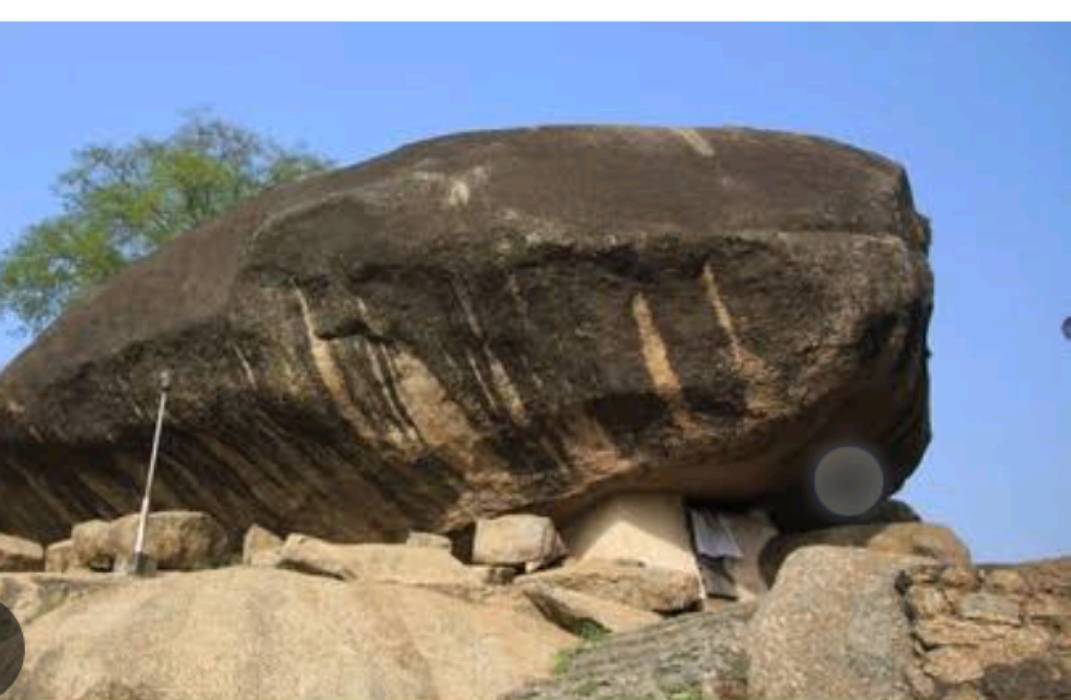

Olumo Rock
Abeokuta, the capital city of Ogun state in southwest Nigeria was named after a gigantic natural granite fortress. The fortress is Olumo rock – a huge rock standing at 137 metres above sea level. It lies to the west of the popular Ogun river. This huge rock was discovered by Ẹgba warriors during the inter-tribal war between the Egba and Ibadan tribes of the 19th Century. It became a hideout and fortress for hundreds of Ẹgba citizens. Olumo was later revered as a deity. It has since become an important tourist destination.
There are other interesting historical and cultural tourist spots in Abeokuta, one of the must-visit Nigerian cities we recommend for you. They include the following:
- The famous Olusegun Obasanjo Presidential Library is a wonder, the 14th largest library in the world. You would find a museum, theater hall, bookshop, amusement park, resort, and zoo in this one place.
- The Kuti Heritage Museum (1st and 2nd generation). A museum dedicated to the famous Ransome-Kuti family. The Afrobeat legend, late Fela Anikulapo-Kuti and his mother are key historical figures in this family, who hail from Abeokuta.
- The Palace of the Alake of Egbaland
- Oronna statue in Ilaro, erected in honor of a famous warrior that defended the Ẹgba during the inter-tribal wars
- Bilikisu Sungbo Tourist complex in Ijebu-Ode, not too far away from Abeokuta. ‘Bilikisu Sungbo‘ was the native name given to the famous biblical Queen of Sheba from Ethiopia, who was buried in Ijebu-Igbo. The queen was said to visit the area regularly to worship at a shrine up until her death. The complex was erected on her burial ground, which is now an international tourist spot.
Kano (Kano state)
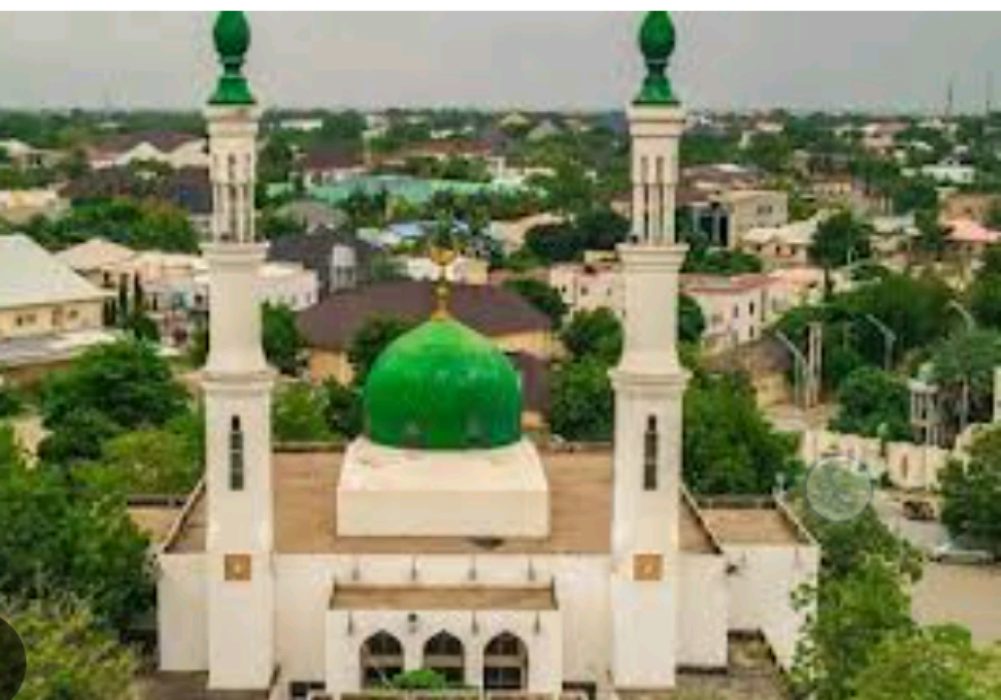

Great Mosque of Kano
The ancient city of Kano was historically one of the seven true Hausa states (Hausa Bakwai) founded in the year 999 by Bagauda. Bagauda was a grandson of Bayajida, the acclaimed ancestor of the Hausa people. The Islamic religion was brought into Kano by the Mali empire around the 14th century. And right from then, the land of Kano was subjected to a long history of trade and conquests by Borno, Songhai, Fulani, Jukun, and British overlords.
However, Kano became a huge commercial center in the 19th century, and an important route of trans-Saharan trade.
It would interest anyone to visit the following important historical and cultural tourist spots in Kano:
- The Gidan Makama Museum
- National Gallery of Arts
- The Great Mosque of Kano built in the 15th century. It is the oldest mosque in Nigeria
- Kofar Mata Dyeing Pits of Kano (for dyeing clothes)
- Gidan Sarki, home of the present and past Emirs of Kano since the 15th Century.
- Dala hill, the residence of an ancient people who did iron works in the 7th century. There are 999 steps leading up the hill.
- The Kano City Walls built in 1095 to 1134 AD
- Kurmi market, built by a past Kano ruler, Muhammed Rumfa in the 15th Century. It was a large warehouse for slaves back then.
- Murtala Mohammed Library
Badagry (Lagos State)
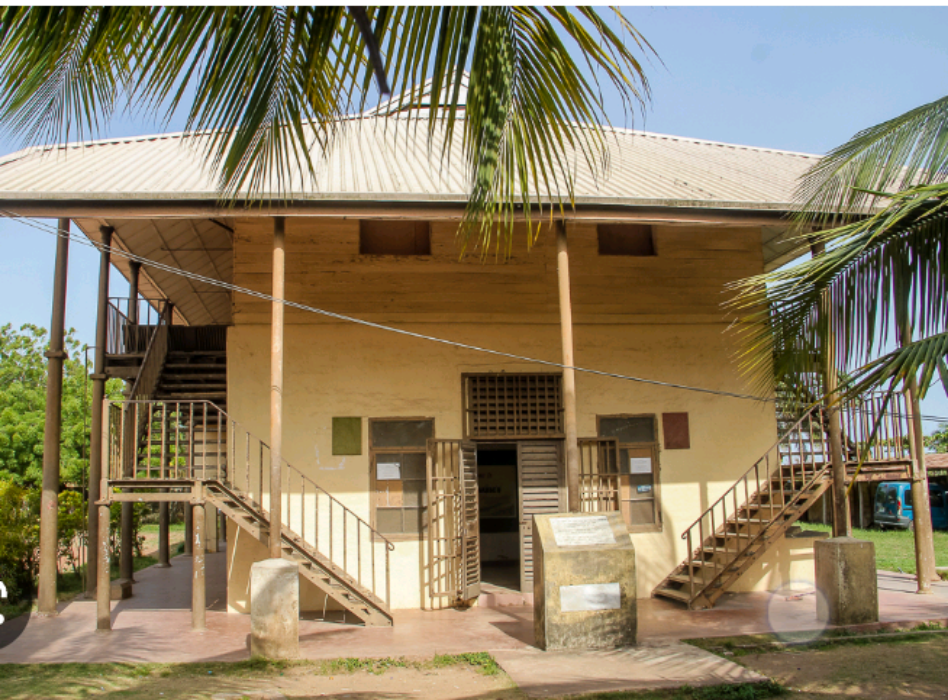

Badagry is a large lagoon port and town in Lagos, southwest of Nigeria. It was originally founded by the escaping Popo indigenes from the Fon and Dahomey wars of the 18th Century, in what today is the nearby Benin Republic. Between the 18th and 19th centuries, the town became a trading port for selling off African slaves (by local captors, unfortunately) to Europe and the Americas.
The arrival of the British people around the 1820s saw Badagry being turned into a shipping port and an important trading post. Ẹgba traders from the north end used the town as a palm oil port, and for importation of European cloth.
However, between 1839 and 1842, the town played host to the Methodist missionaries who arrived there from Europe. Anglican missionaries arrived there within another decade. Freed slaves from Sierra Leone also settled there.
Badagry survived repeated attacks from Dahomey and Fọn people. However, many of its inhabitants fled following the attack of the Army of Lagos on the huge town. Today, this city of coconuts remains an important export centre for fish, vegetables and cassava.
The notable historical and cultural sites of Badagry you should not fail to visit as a tourist include the following:
- The Badagry Heritage Museum built in 1863 (which was a District Officer’s office.
- The first multi-storey building ever built in Nigeria, erected by the Church Missionary Society (CMS) in 1845
- The Agia Tree Monument where Henry Townsend and Thomas Freeman first preached Christianity in 1842
- Seriki Abass Williams Portuguese Baracoon (slave cell) built in 1840
- The Vlekete Slave Market built in 1502
Benin City (Edo State)


Benin City National Museum
Modern Benin city was the most prominent city in ancient Bini (Edo) kingdom, located in the Niger Delta region of Edo State, Nigeria. The Bini kingdom flourished between the 13th and 19th Centuries, and controlled many surrounding lands as far as present-day Lagos and Ondo states.
That was up until British forces besieged and destroyed the kingdom in 1897. The act was in retaliation for the British delegation that was disciplined for desecrating a cultural festival with their presence (after being warned off).
A tour of this ancient city should take any fascinated tourist to the following historical and cultural sites:
- Benin City National Museum
- Palace of the Oba of Benin, built by Oba Ewedo
- Igun street, the ancient centre for artisans that created the intricate brass and bronze castings of the ancient Bini empire
- The Benin Moat, an incredible 6500 square kilometers long wall sorrounding the Bini empire. It is four times as long as the ancient Wall of China.
Calabar (Cross River state)
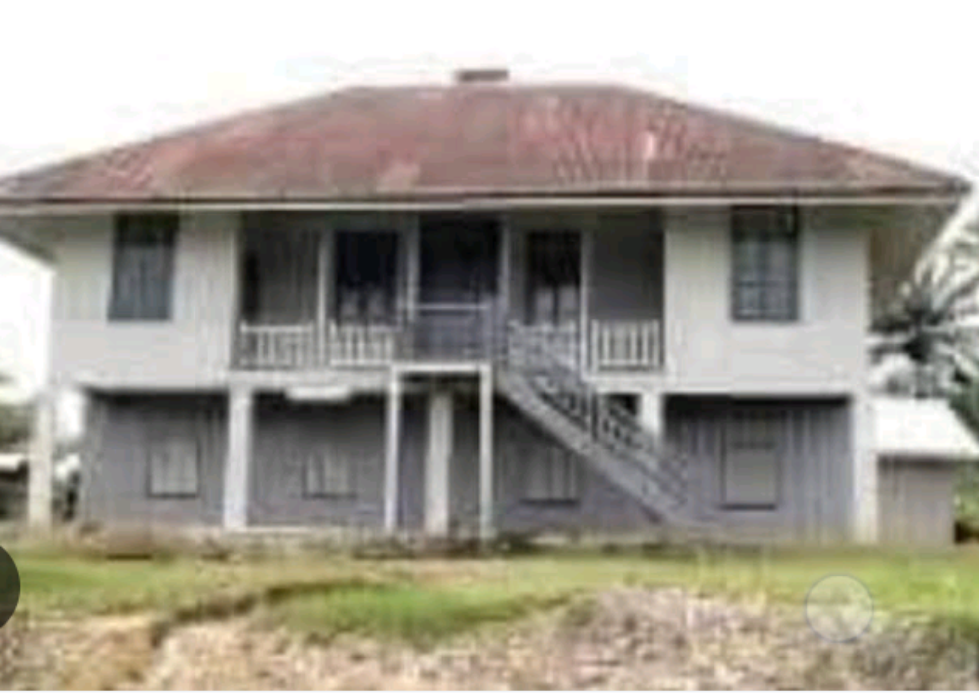

Mary Slessor’s House Calabar
Calabar is a large colonial city and port situated along the Cross River, and the capital of Cross River state in southern Nigeria. It was the first-ever capital city of the British Colonial government in Nigeria between 1885 and 1906. That was until the British headquarters was shifted to Lagos. Calabar was originally the native settlement of the Efik people who migrated there in the 17th Century.
It became an important trading port between the natives and European traders on the coast. At first it served as a slave trade depot. But later on it became a major export center for palm oil, palm kernels, fish, cassava, and bananas (in exchange for European goods).
The top historical and cultural sites in this must-visit city include the following places:
- National Museum of Calabar, built out of old Scandinavian pine wood
- The Calabar Carnival, an annual event that is held every December. It features Christmas Village, a boat regatta, Ekpe cultural festival and a fashion show
- The Duke Town Presbyterian Church, built in the 19th Century. It was the first location where the British missionaries began to preach Christianity in Calabar.
- Chief Ekpo Bassey’s House. Ekpo Bassey was one of the Efik kingmakers during the colonial era.
- Mary Slessor’s House, originally built in 1894 and remodeled later on. Mary Slessor was the famous missionary that stopped many of the barbarian practices of the Efik people, including the killing of twins.
Ile-Ife (Osun State)
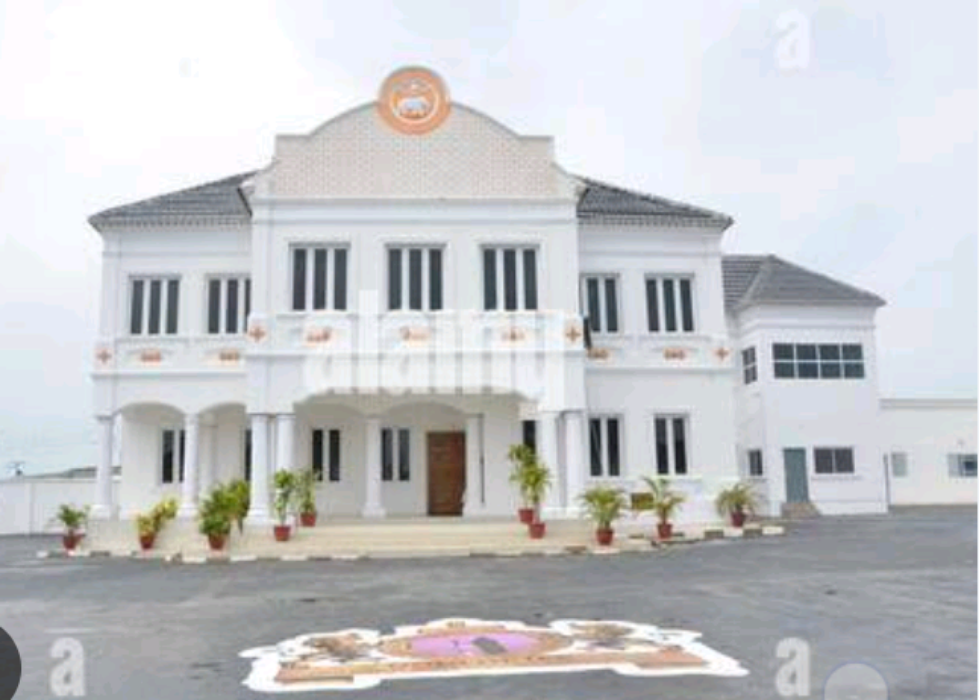

Oòni of Ife Palace
Ile-Ife is the ancient city where the entire Yoruba people of southwest Nigeria are believed to have originated from. It is located in Osun state of southwest Nigeria. It has existed since around 500 B.C, when Oduduwa conquered the land and established the first Yoruba kingdom. Ile-Ife is known worldwide for its very realistic artworks made out of terracotta, bronze and bronze created around the 12th century.
The must-visit city of Ile-Ife is surrounded with sites of historical and cultural importance which include the following:
- National Museum of Ile-Ife
- Opa Oranmiyan, a 5.27 meter high staff/totem raised on the grave of Oranmiyan, the last son of Oduduwa and sixth king of Ile-Ife.
- Osun Osogbo Grove, an old shrine dedicated to Osun, the goddess of fertility. It is located along the banks of the Osun river.
- The Palace of the Ọọni (ruler) of Ile-Ife
- Queen Morèmi Statue of Liberty. Morèmi was the first wife of Oranmiyan, grandson of Oduduwa the forerunner of the Yoruba race. She made a huge sacrifice to deliver her people from the Igbo people that tormented Ile-Ife at that time.
- Erin-Ijesha Waterfalls with seven levels of rocks under it. The water is considered a healing river by the natives.
Argungu (Kebbi state)


Kanta Museum Kebbi
Argungu is an old historical city in Kebbi state, the remnant of the Kebbi (or Argungu) Emirate, an important Hausa state. Ancient Kebbi was briefly conquered by the Songhai empire, but Kanta Kúta (ruler of Lẹka) fought against the provincial governor of the Songhai empire and defeated him. Later attempts by the Songhai to reclaim the Kebbi Emirate failed.
However, Fulani warriors conquered Kebbi in 1808. Kebbi was immersed in several wars involving the Fulani and Sokoto kingdom in its citizens’ determination to regain their independence. It continued up until the British colonial government arrived and ended the hostility.
The area is a savannah region that experiences seasonal flooding from the Rima river. Thus, the Kabawas (the natives of Argungu) have long learnt the art of fishing. In honor of their skill, the first Argungu Fishing Festival was celebrated in 1934 under the command of the then Sultan of Sokoto, Hassan Dan Mu‘azu.
And ever since then, the famous festival became an annual international event (only experiencing a brief pause from 1999 to 2004). It was renamed the Argungu International Cultural Festival, celebrated with so many other activities and with pomp.
Some other sites of historical and cultural importance in Argungu include:
- Yelwa Museum of Archaeology
- Alwasa Battlefield. Here the Kabawa warriors fought with the Fulani jihadist fighters in 1807.
- The Zuru Museum
- Kanta Museum, a former Emir’s palace converted to a museum in 1958.
- Uhola Festival held in Zuru Emirate every year. It is an annual initiation into adulthood held for matured boys and girls
- The Girmache shrine/Grove in Zuru. A native traditional worship site considered sacred by the natives
- Karishi traditional settlements. The Karishi are very traditional people who live in a hilly environment.
Arochukwu (Abia state)


Ibini Ukpabi Shrine
Arochukwu is an important historical city in Igbo land, the third-largest local government in Abia State of southeast Nigeria. Before the Aro people of Igbo descent arrived as settlers in Arochukwu, the land was inhabited by a clan of the Ibibio people. War broke out between the Aro people and the Ibibios, and there was no victory on either side. It was a stalemate. However, the Aro people sent for reinforcements from the Akpa people and the chief priest, Nnachi. The Aro people eventually won and took control over all the land.
Arochukwu kingdom continued to expand into neighboring towns, forming alliances along the way and ably helped by their chief priests. Unfortunately, the British forces conquered the land in the Anglo-Aro war of 1901-1902.
Some important tourist spots of cultural and historical importance in and around Arochukwu include the following:
- Ibini Ukpabi (or Long JuJu) shrine along the Onuasu slave trade route
- The Independence Park in Arochukwu, dedicated to the late Alvan Ikoku, a renowned educationist and statesman.
- The Okoroji House Museum built in the 17th Century by a local chief who was a slave dealer
- Onu Ibina cave along the Onuasu river
- Amanagwu Waterfall in Arochukwu
- Azumini Blue River. A crystal-clear river surrounded by hills in Abia State. It is located along the boundary of Abia and Akwa Ibom states.
- Ikeji Aro (New Yam Festival of Aro) that holds for 21 days in September every year
- Mary Slessor Memorial College. Mary Slessor, the Presbyterian missionary, worked in Arochukwu to educate people and preach the gospel. She also learnt the Aro language. She eventually moved on to Okoyong in Cross River State.
- The Ugbo Ali cultural display and Itembe cultural dance of the Amasu village. Ugbo Ali display was a mock boat ride on dry ground.
- Onuasu Nwabekee (Onuasu river bank/beach) used as a slave trade route via canoes in the 18th Century.
Kaduna (Kaduna state)


Kajuru Castle Kaduna
Kaduna is a large city founded by the British colonial overlords in 1900 in Northwest Nigeria, and on the Kaduna river. It was the capital of the Northern region from 1917 to 1967. Today, it is the capital city of Kaduna State.
Kaduna is an important trade and transportation center. It is close to the Lagos-Kano railway, and has a good network of roads. It was also the ancient dwelling site of the Nok people who lived there around 1500 B.C.
Some sites of historical and cultural importance in Kaduna include the following:
- Kajuru Castle, a medieval castle built by a German scientist in 1978
- Nok village, Baro. An ancient dwelling where several terracotta sculptures were unearthed
- Emir of Zazzau Palace built out of mud in the 19th Century
- Matsirga Waterfalls, a 30-meter high waterfall pouring forth from a cliff. The source is a stream called ‘River Wonderful‘.
- Kaduna National Museum, built in 1975.
- Saint Bartholomew Church, the first-ever church built in Northern Nigeria out of mud
- The Kaduna river with its crocodiles. It is 550 kilometres long, and empties into the river Niger.








